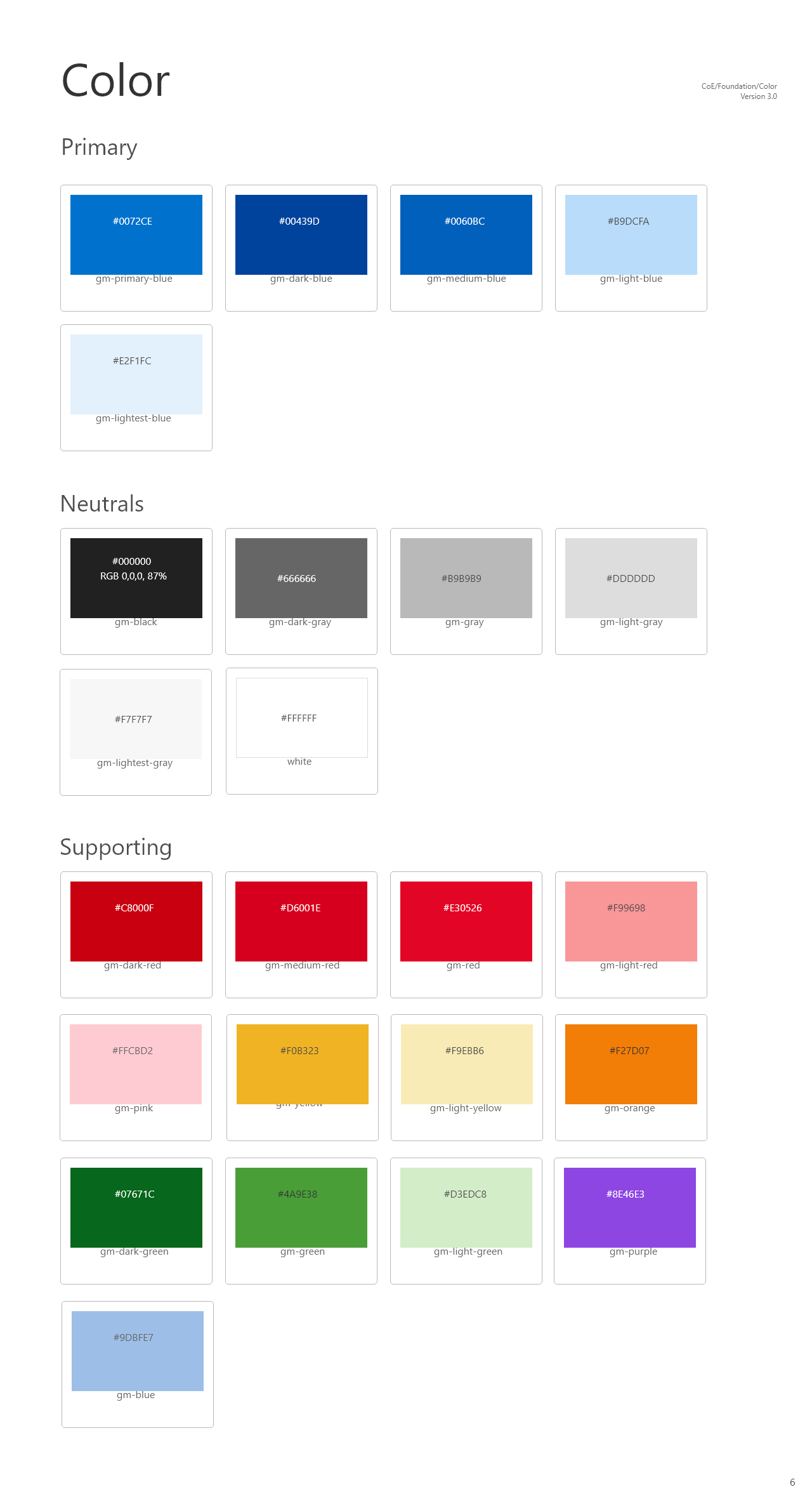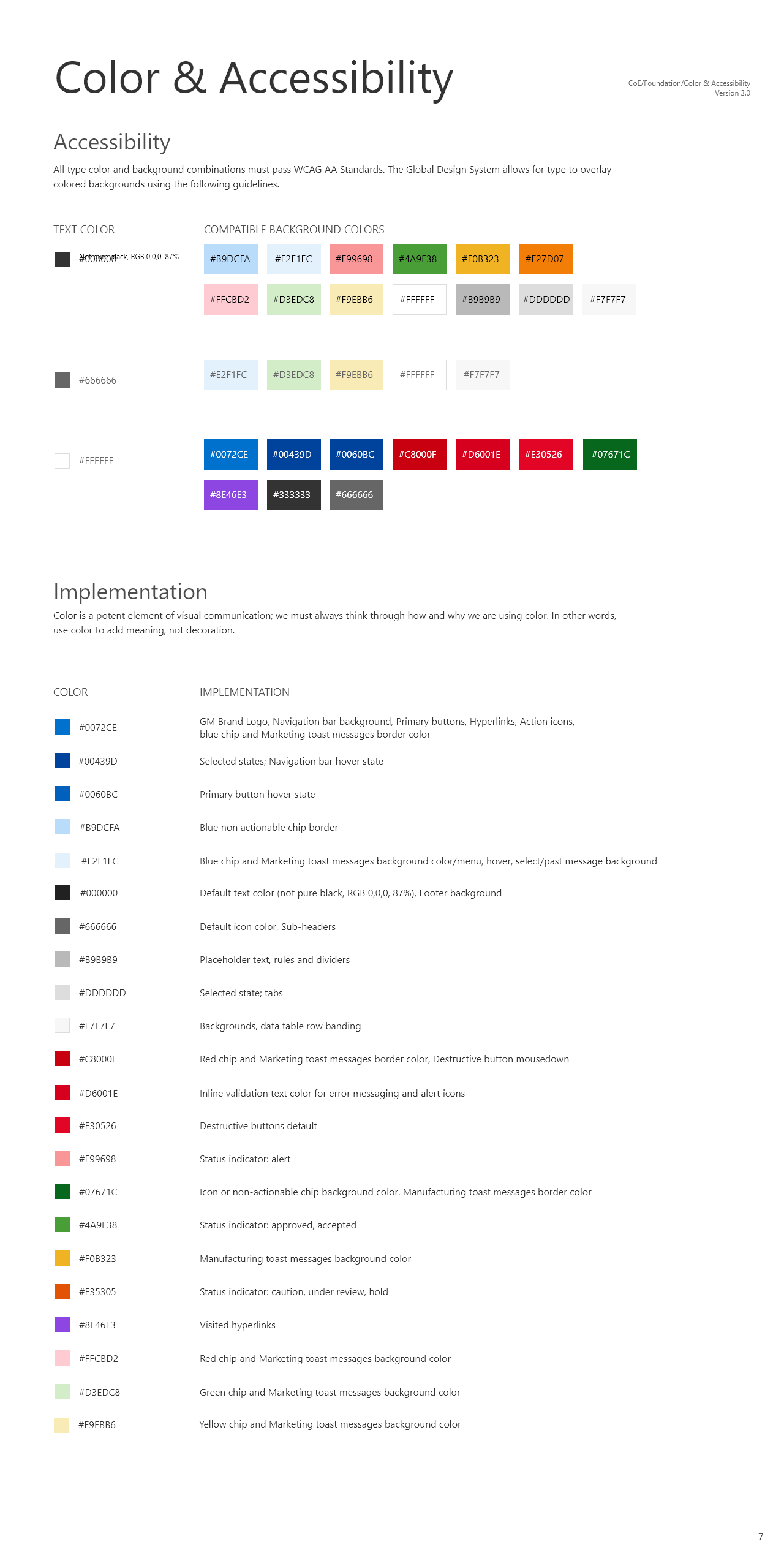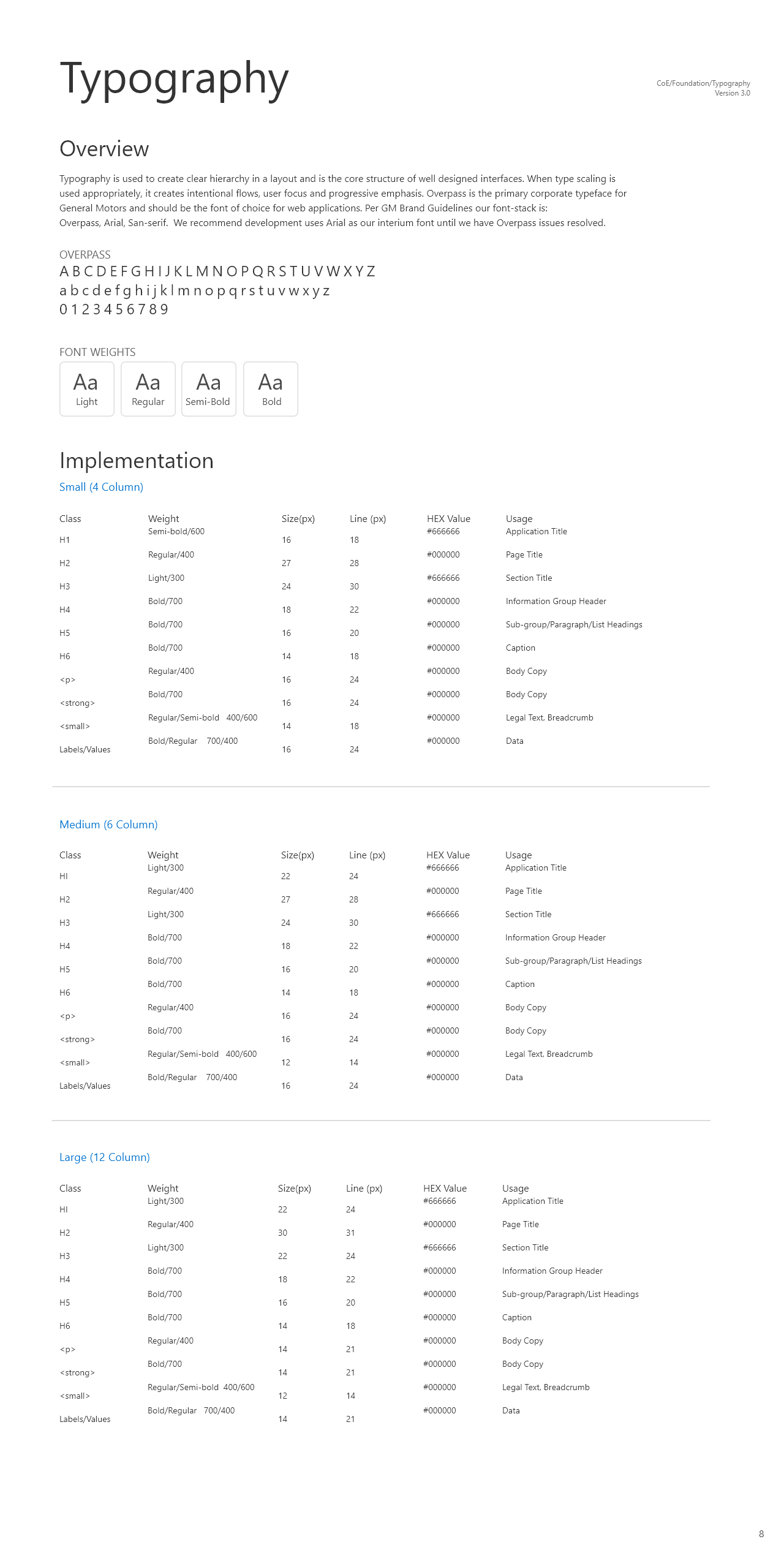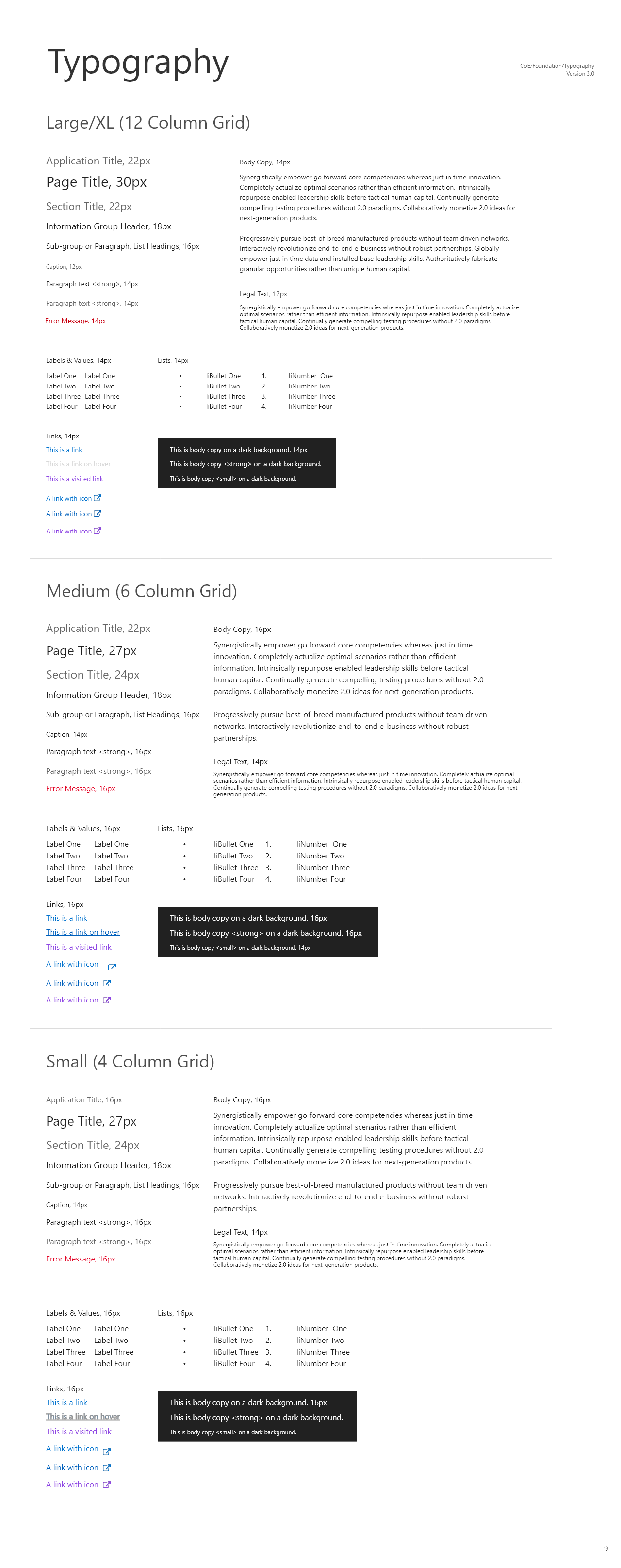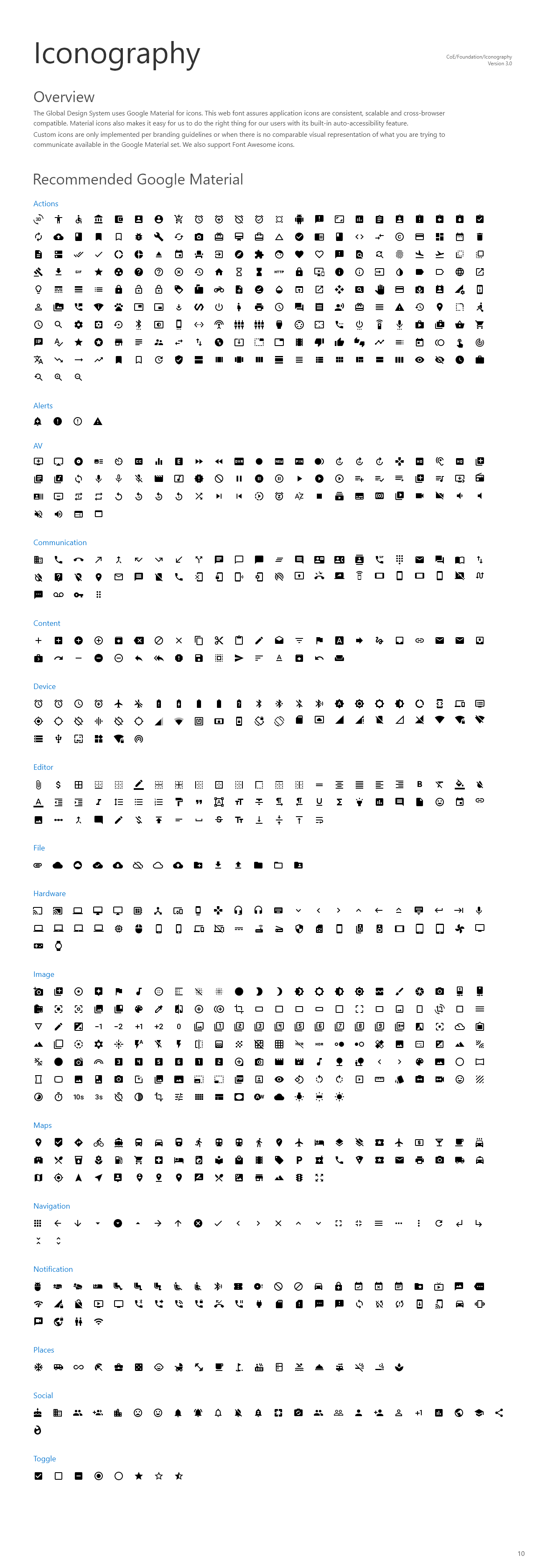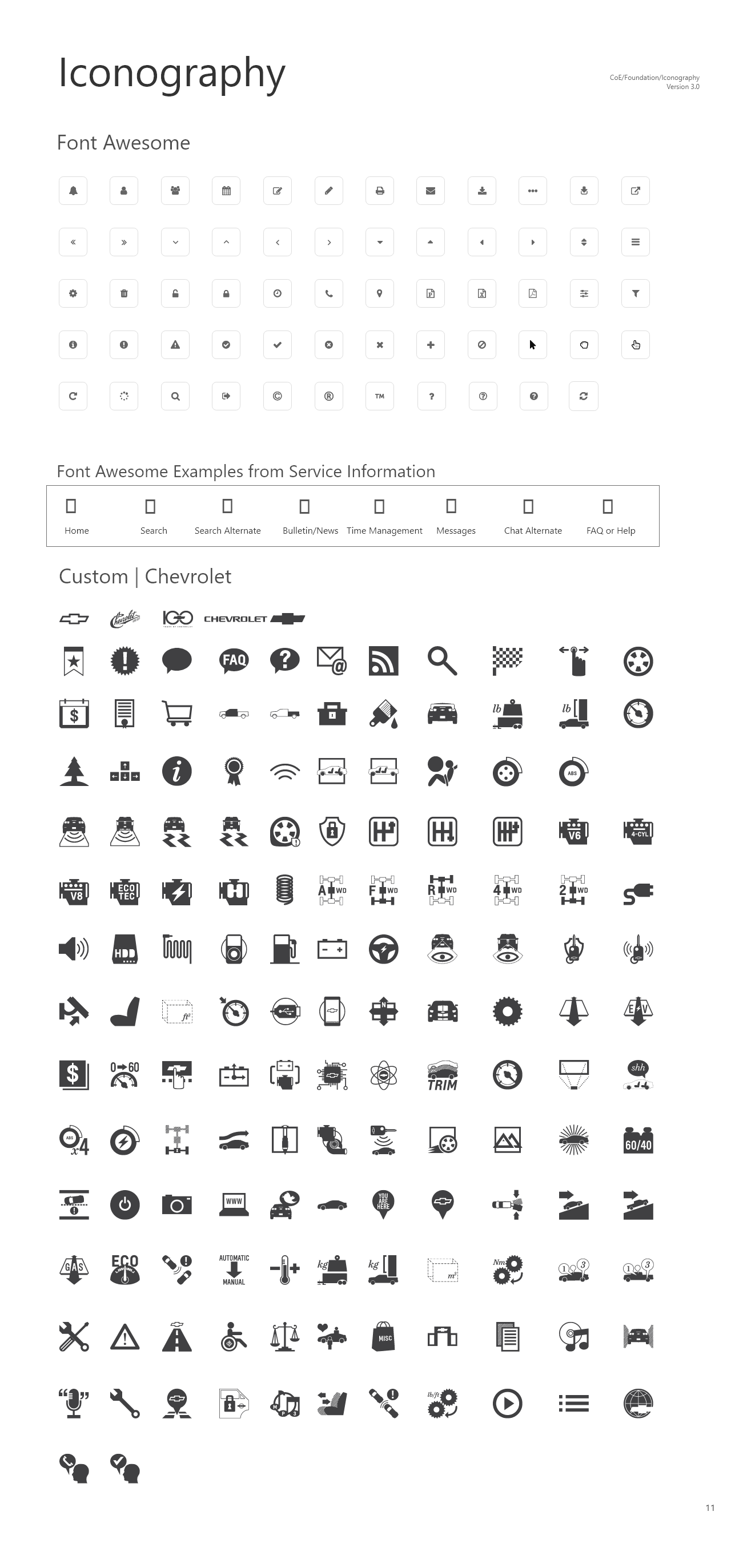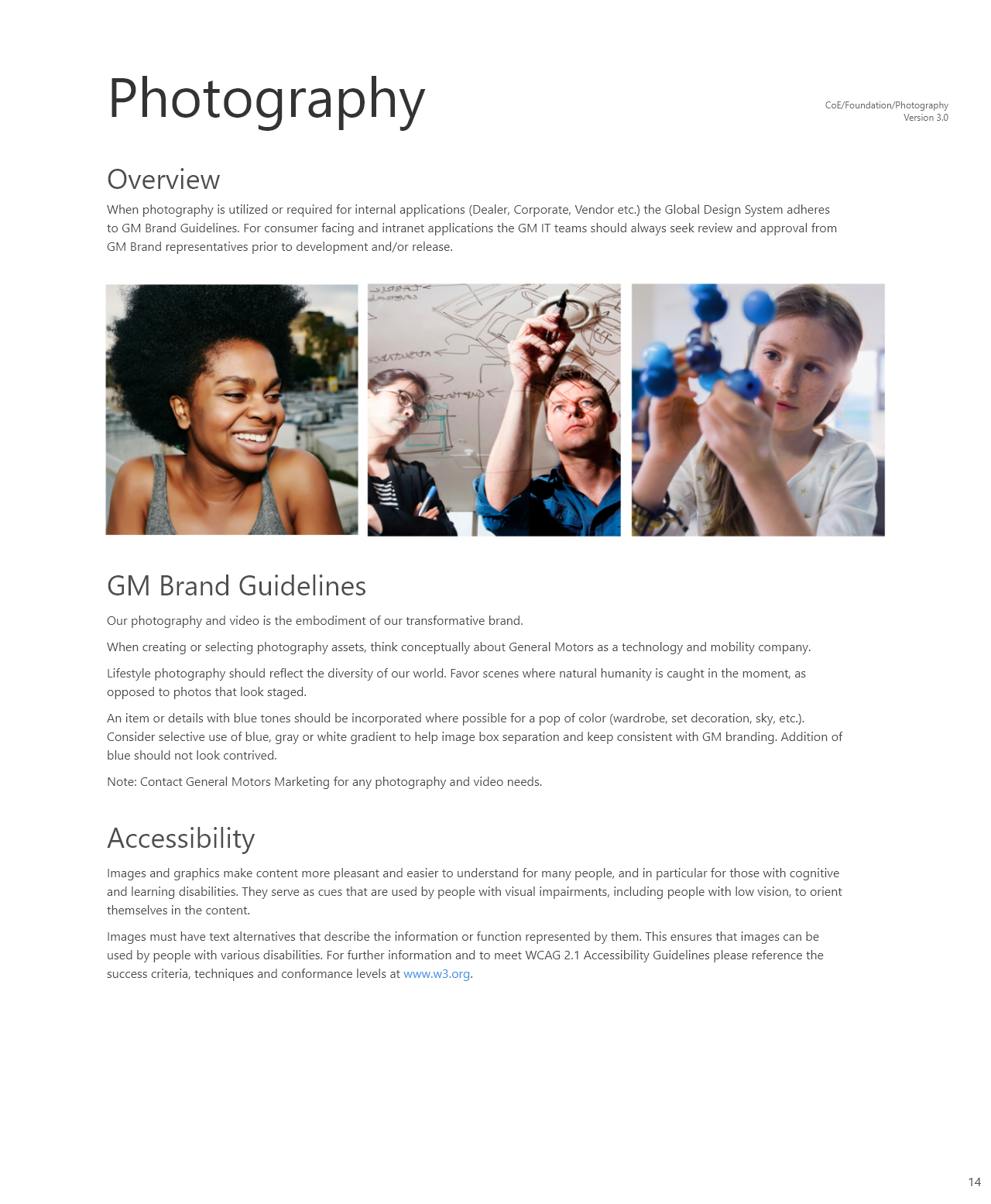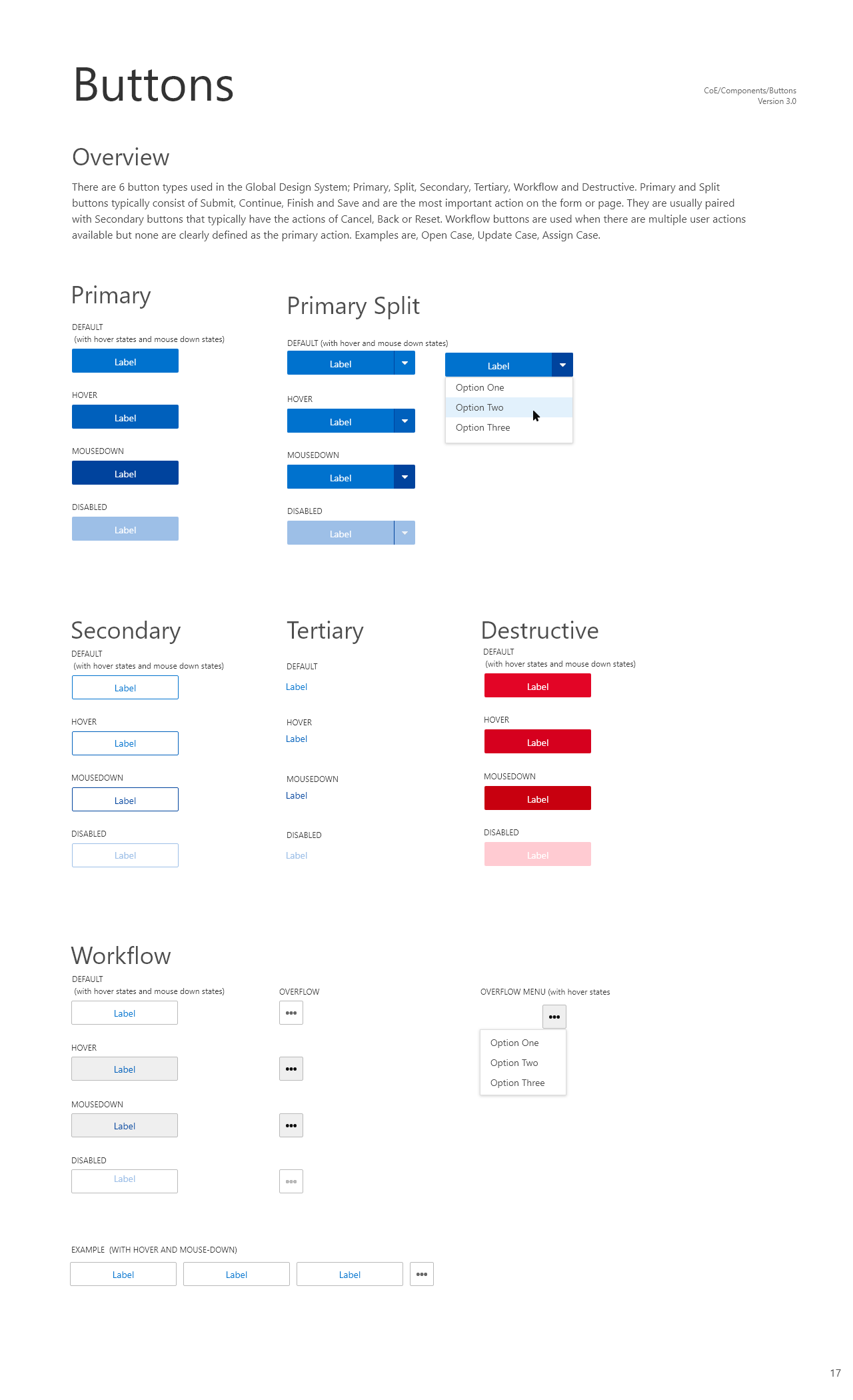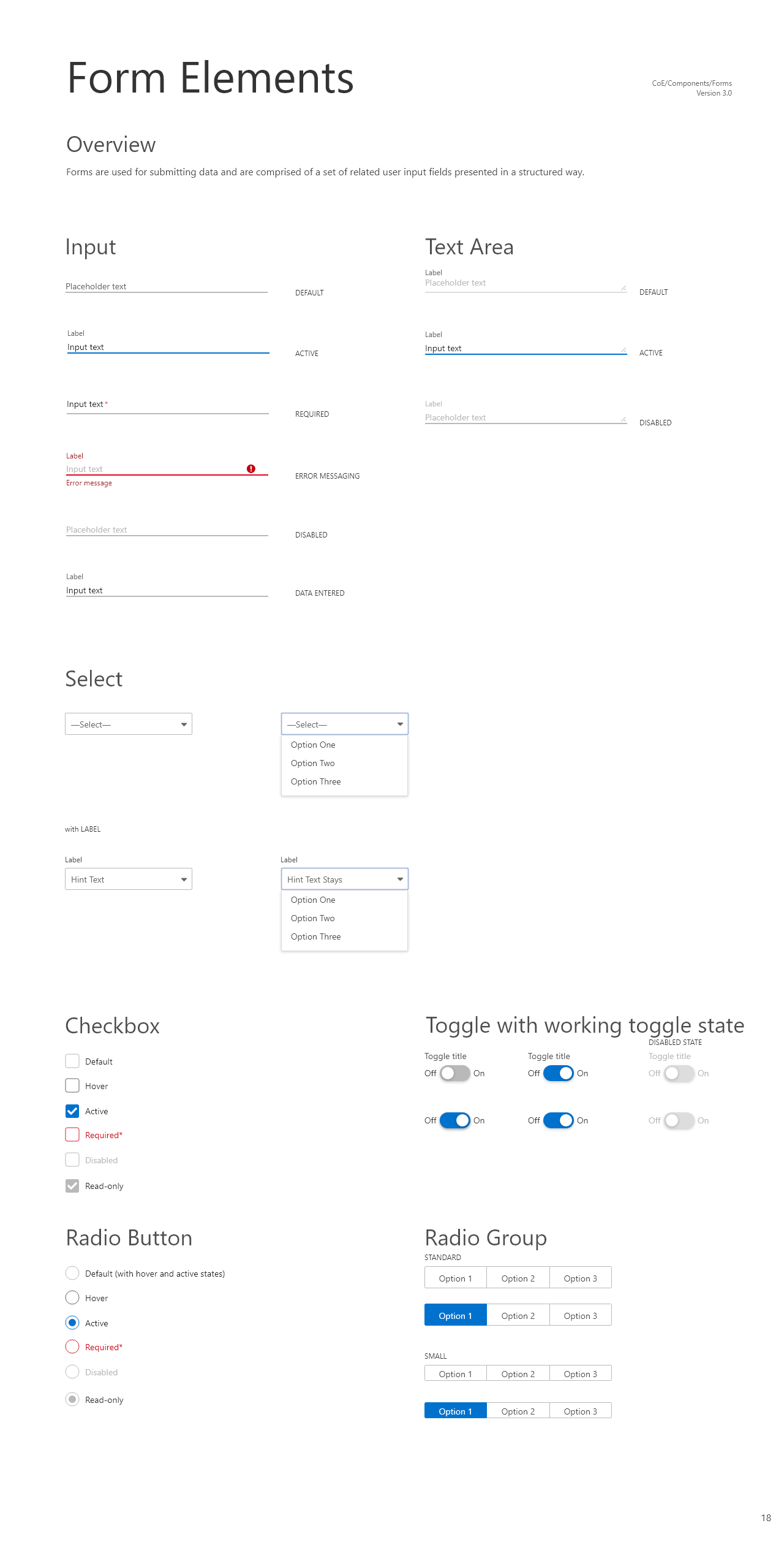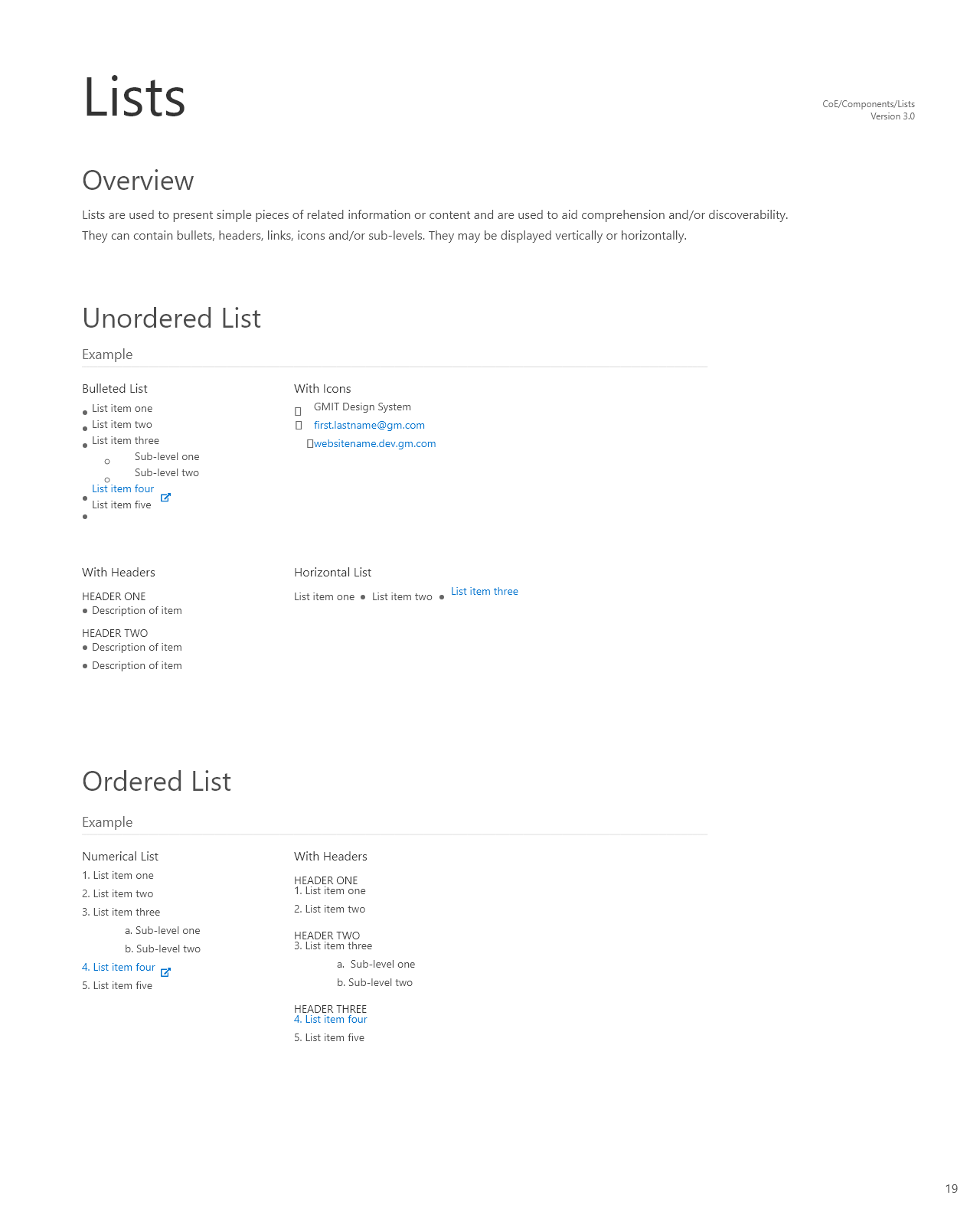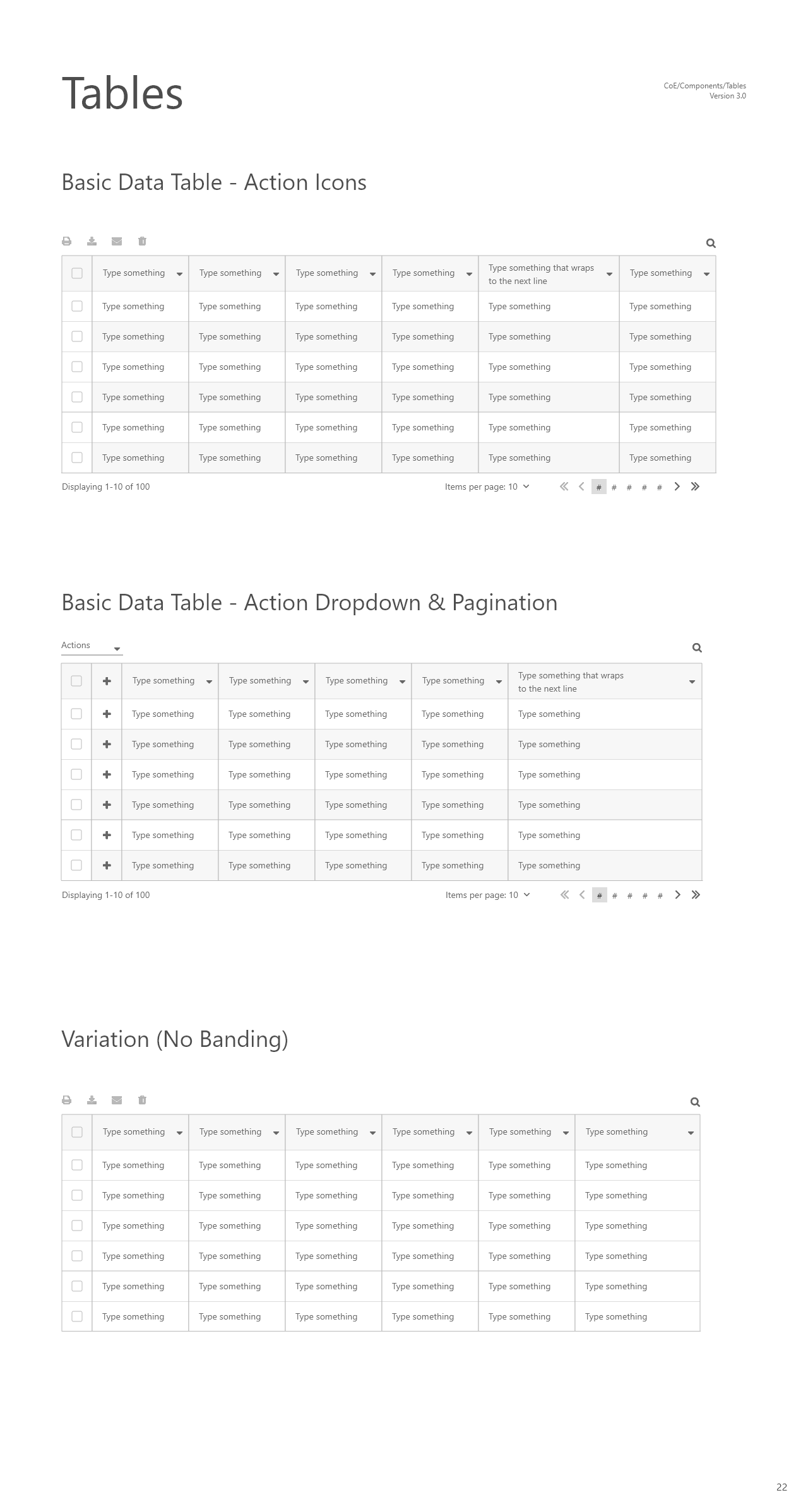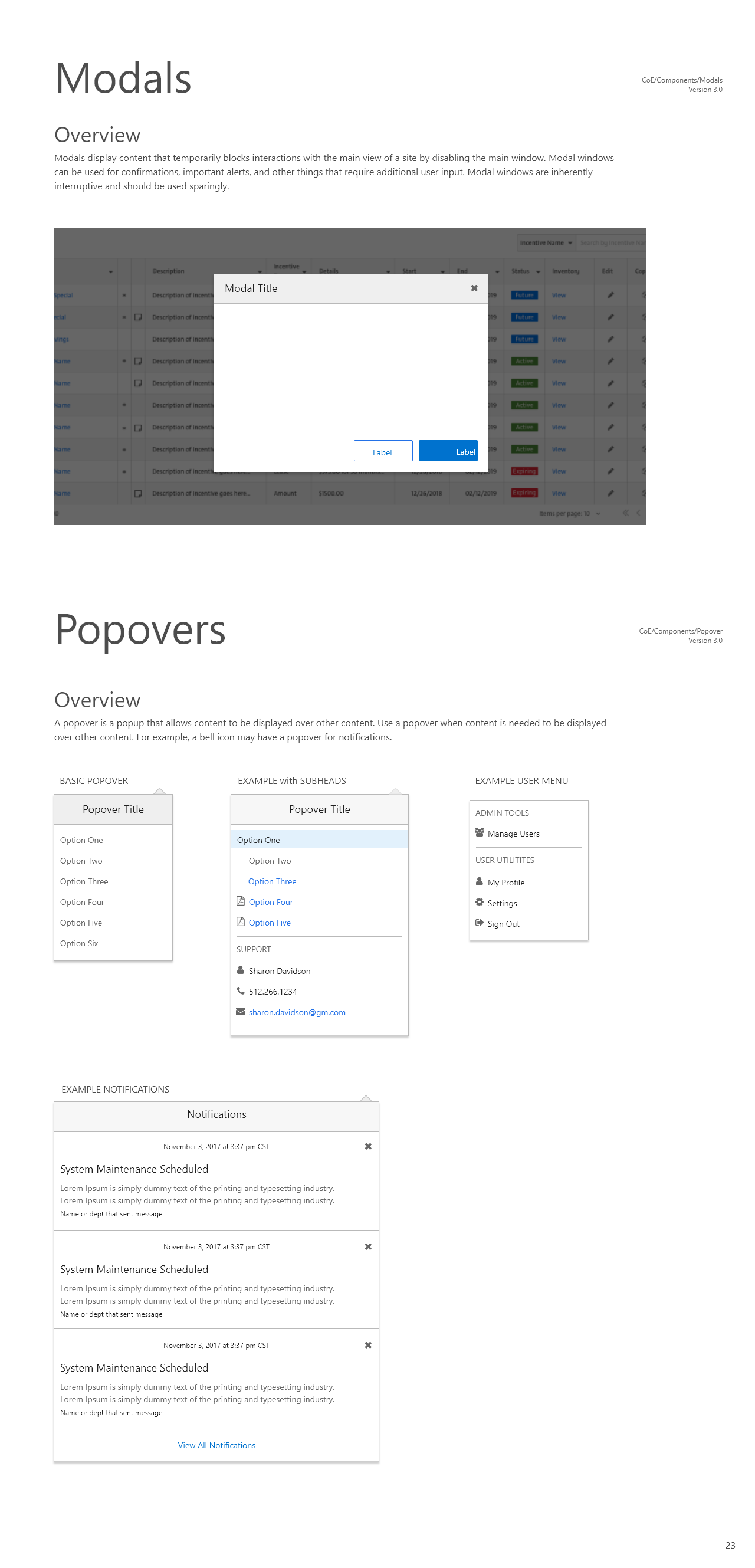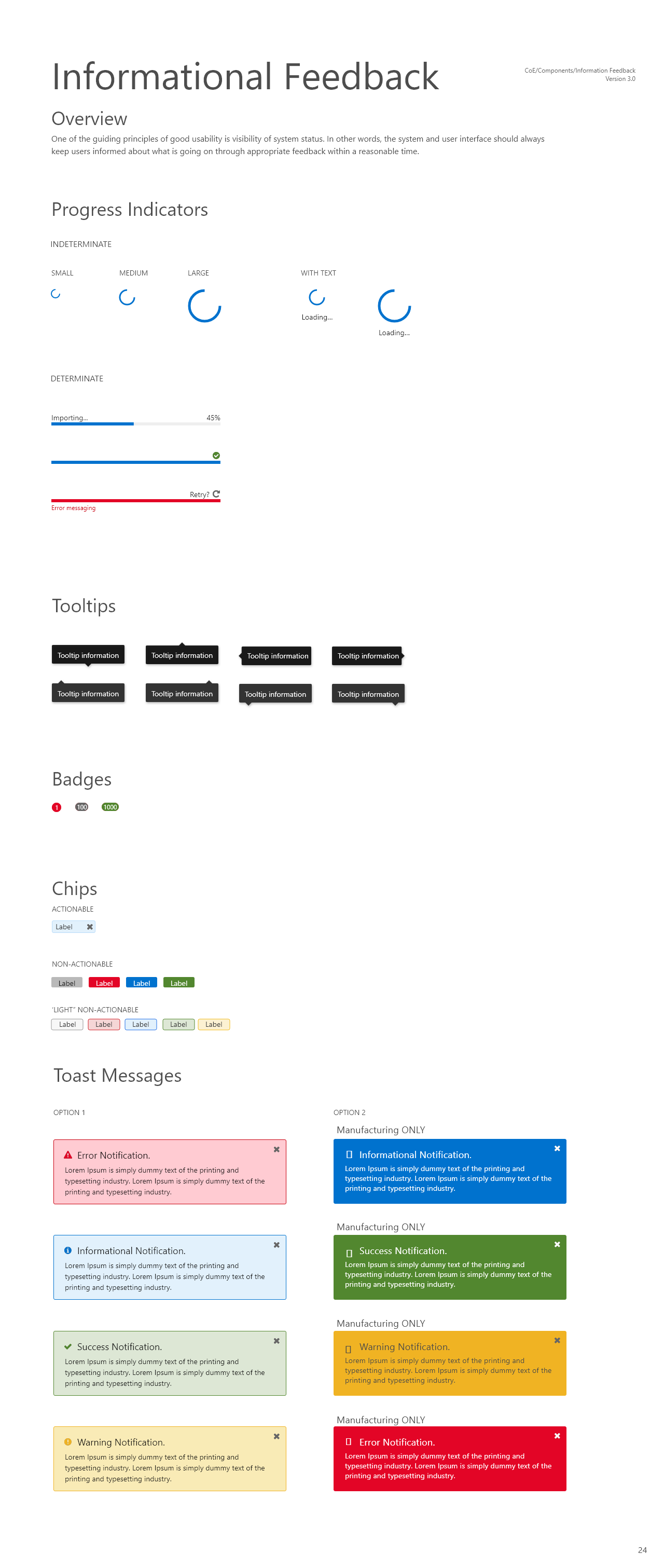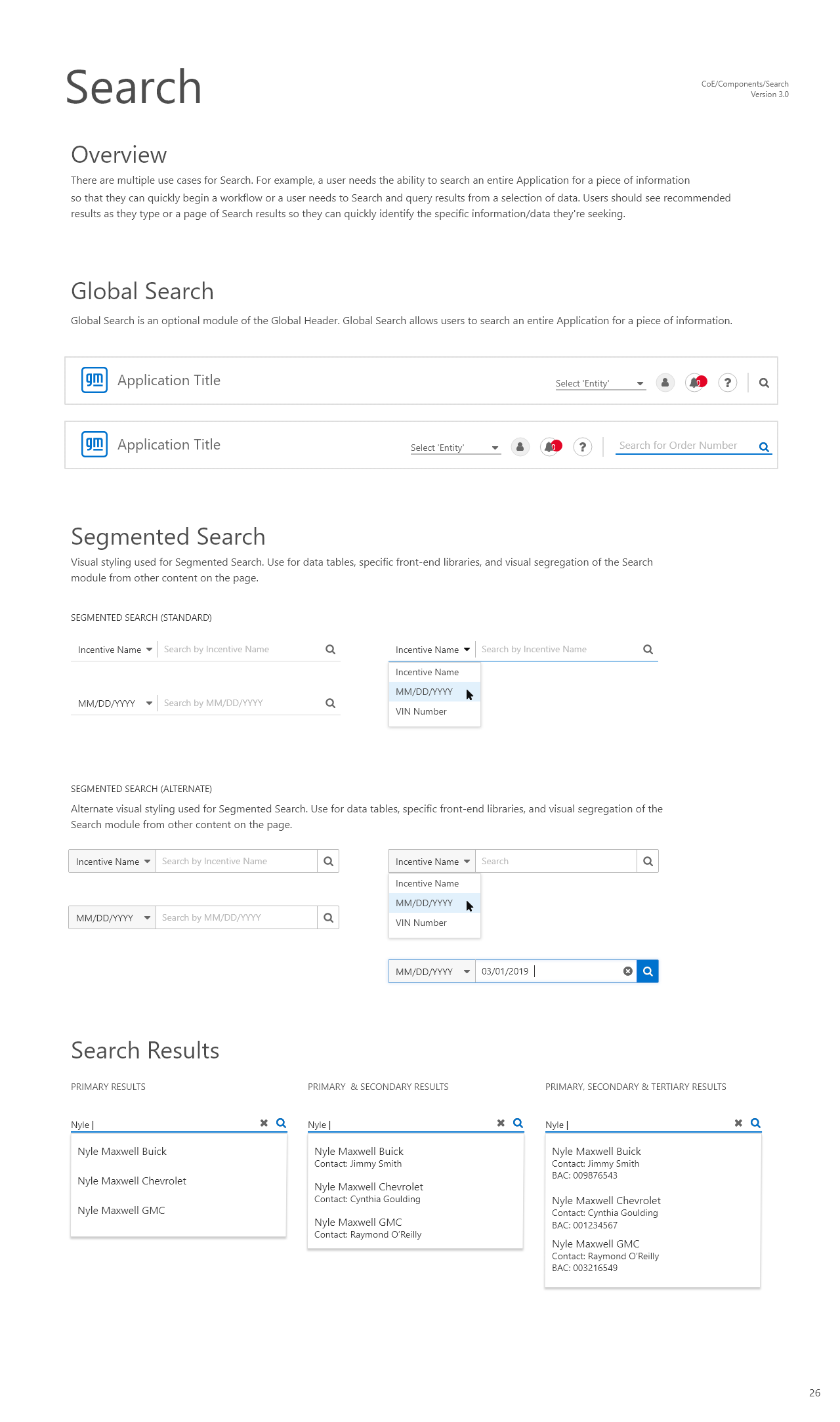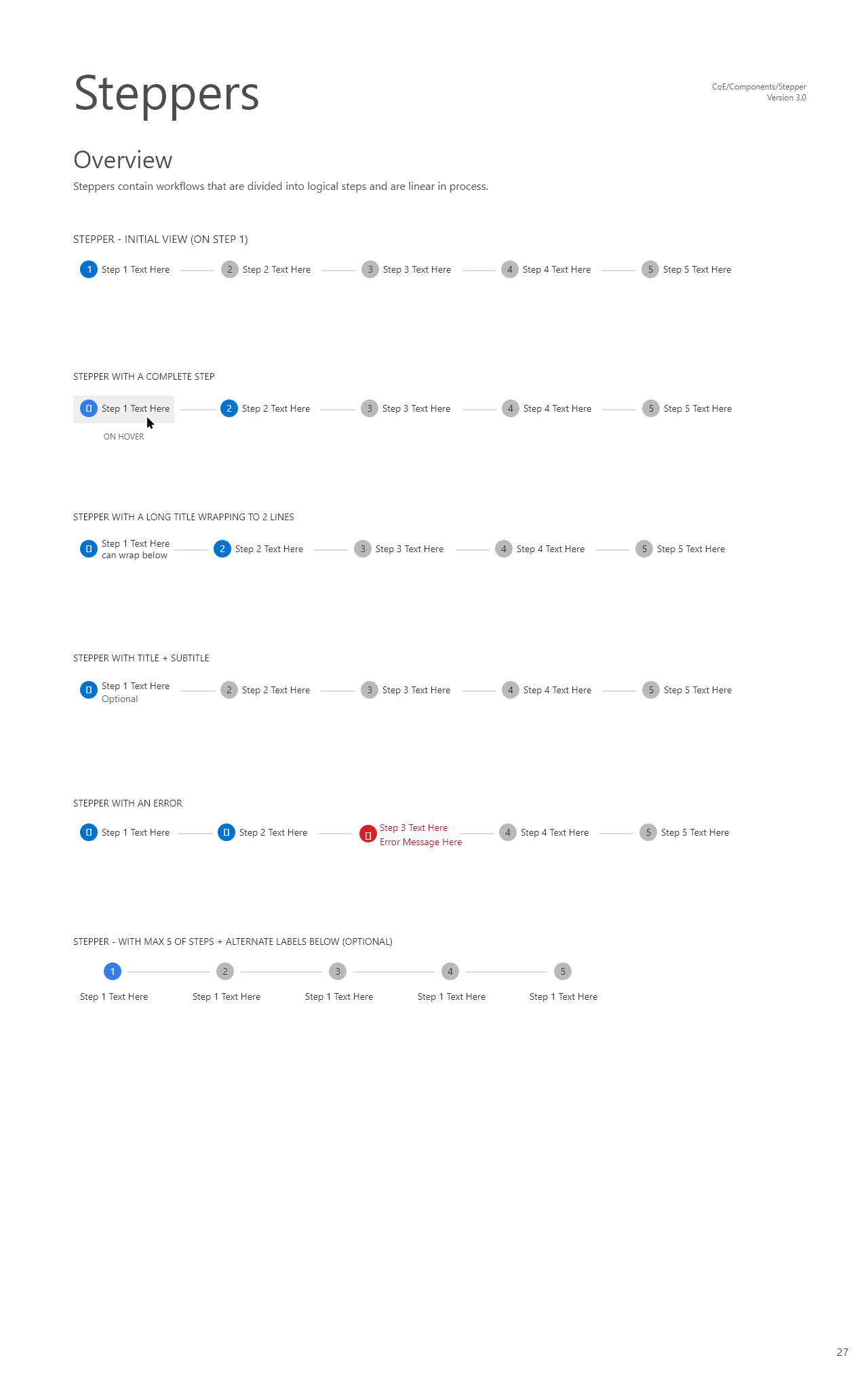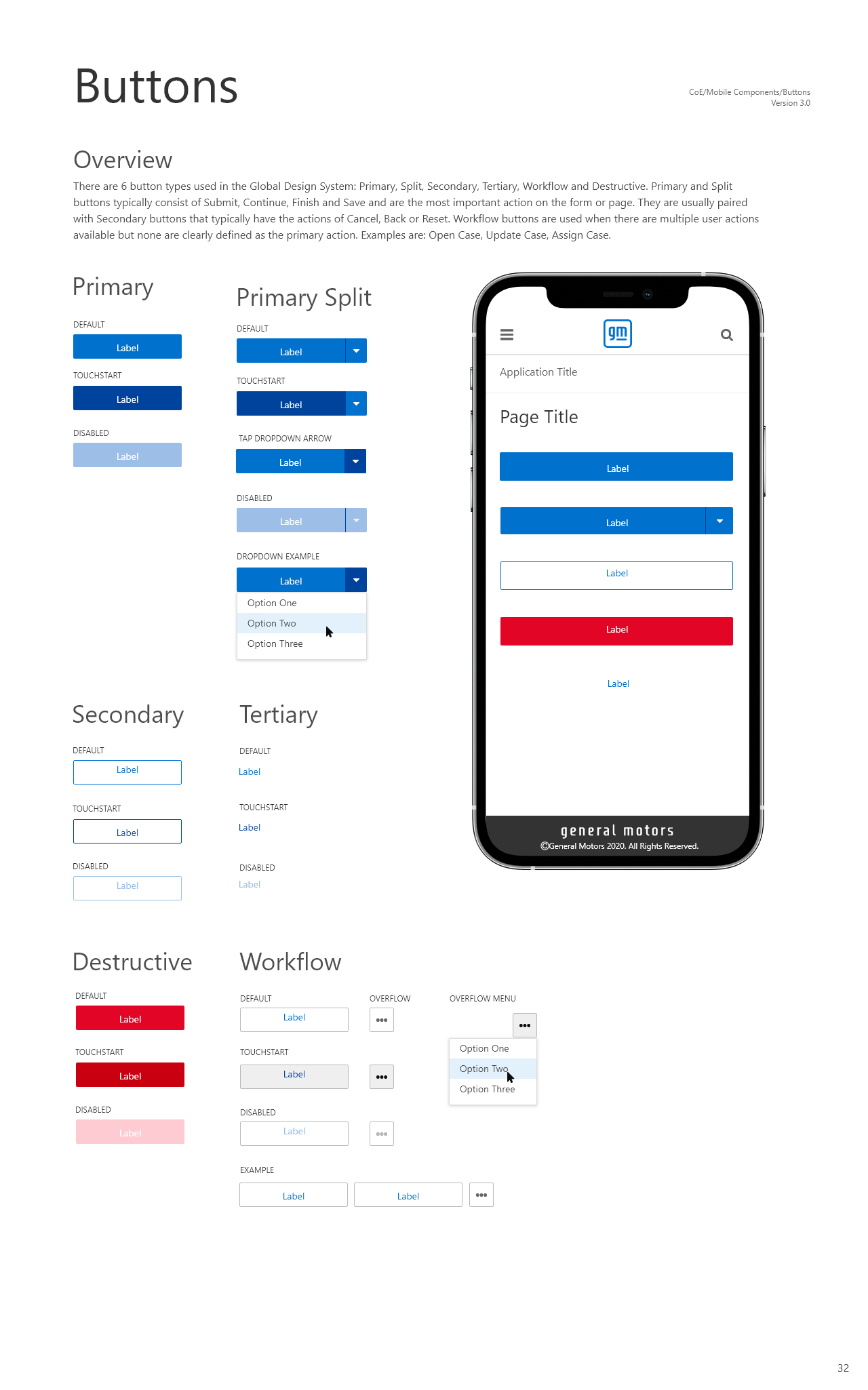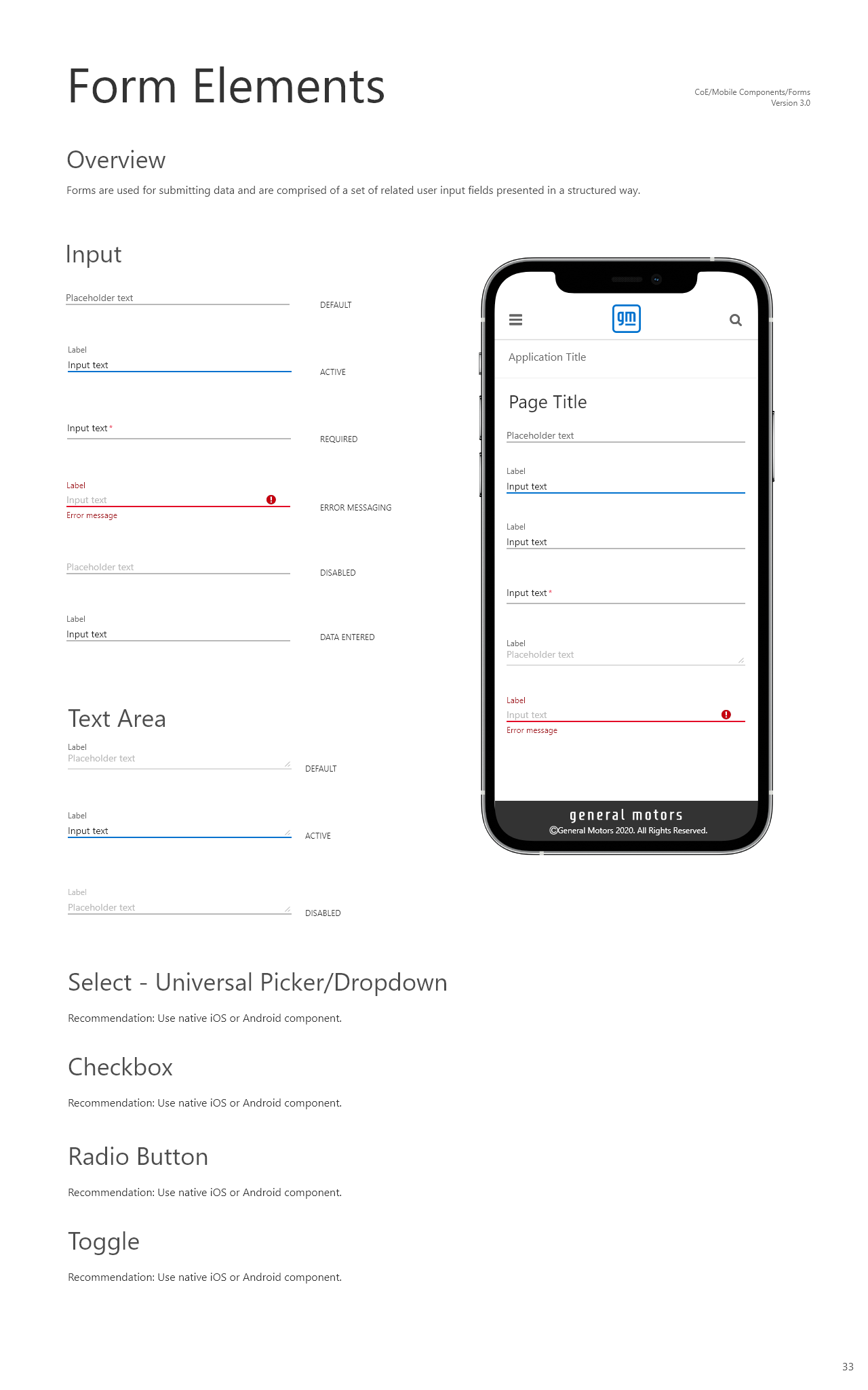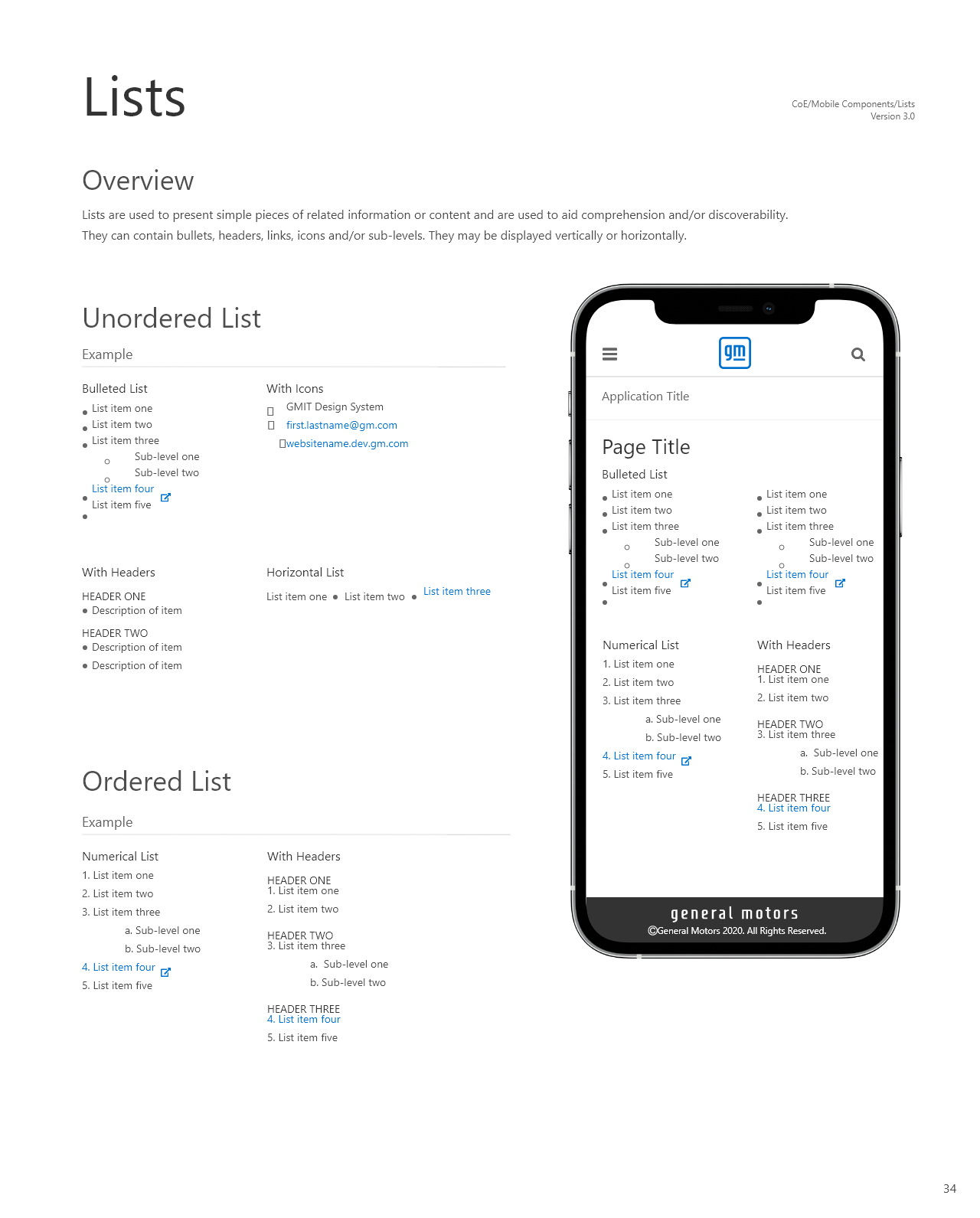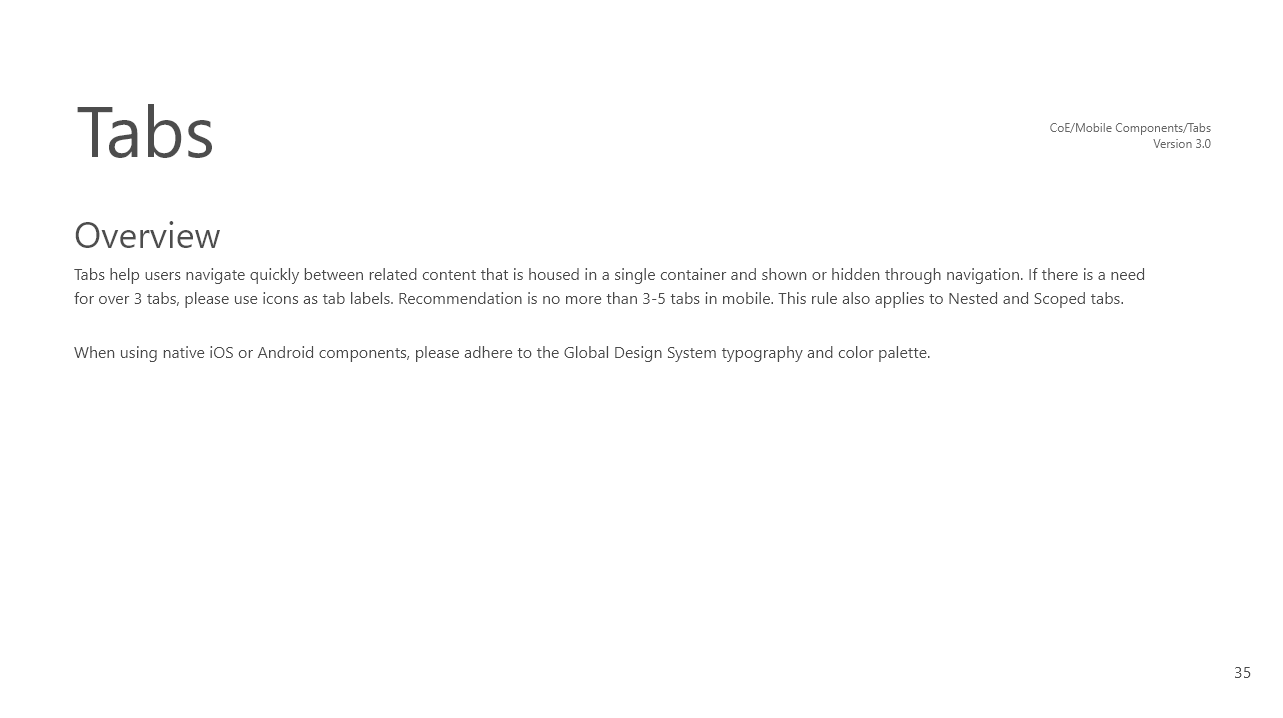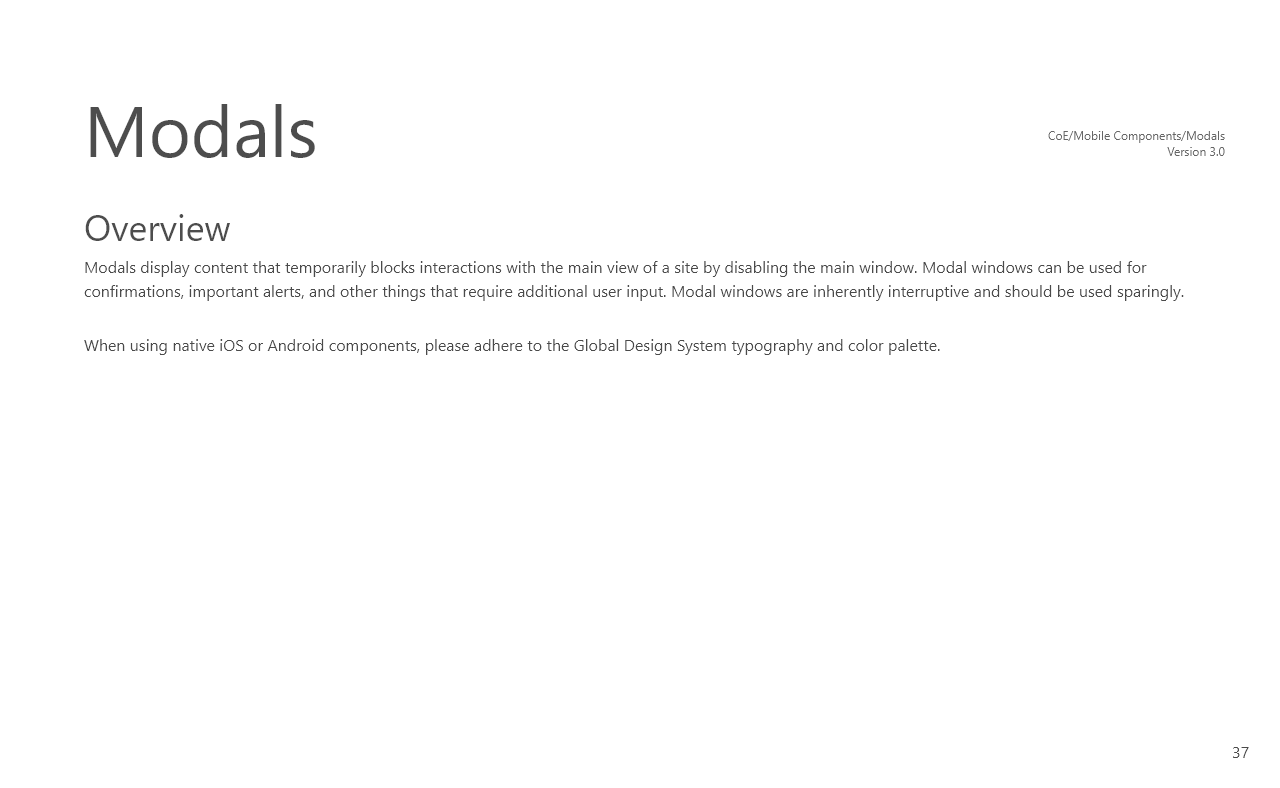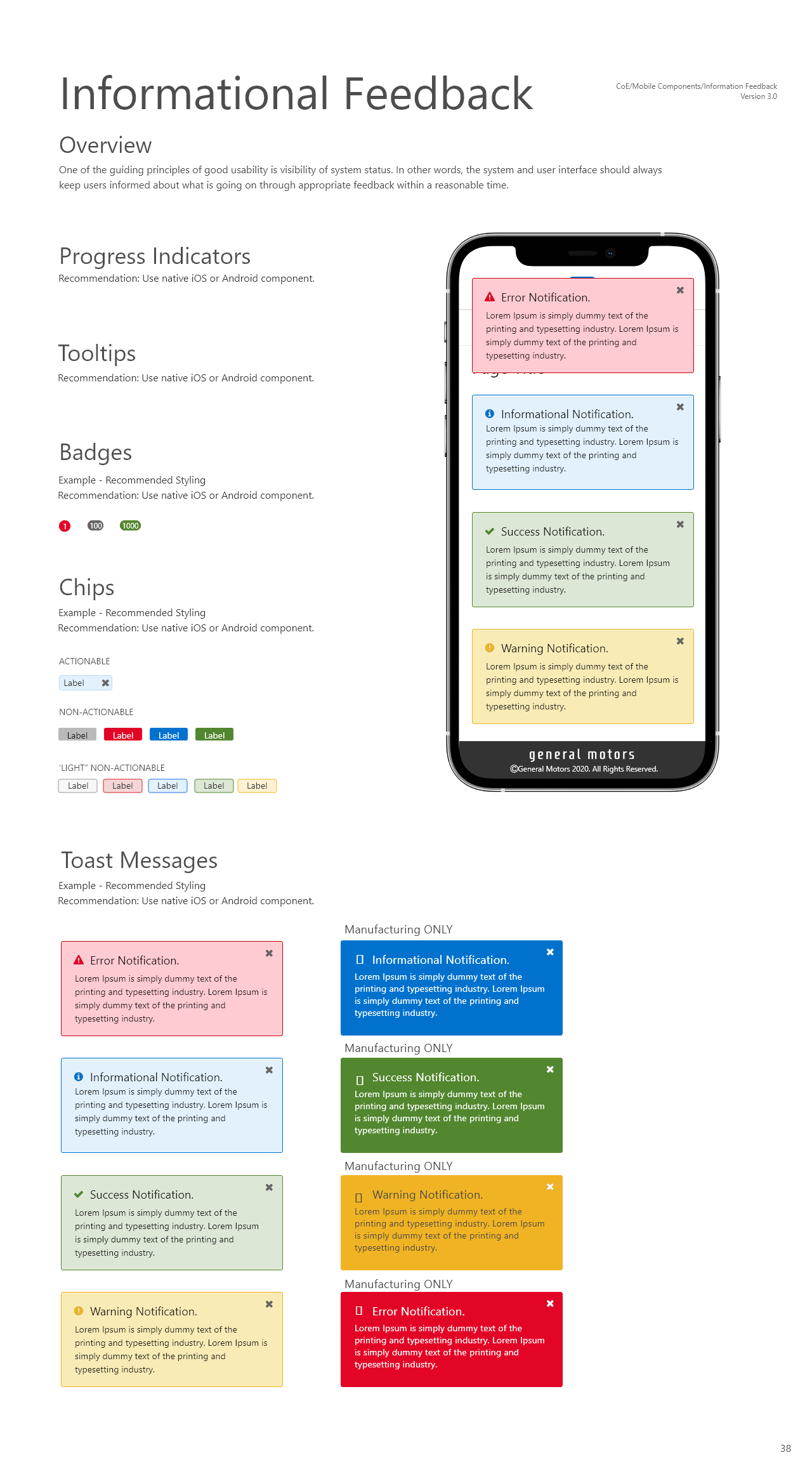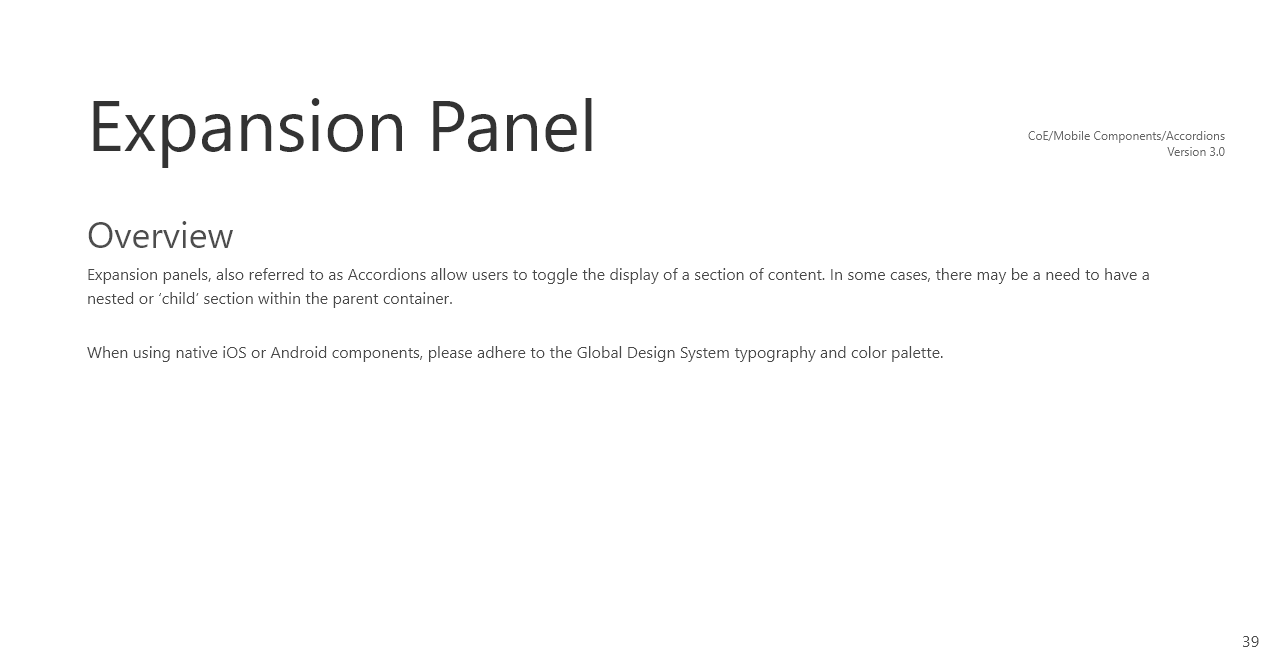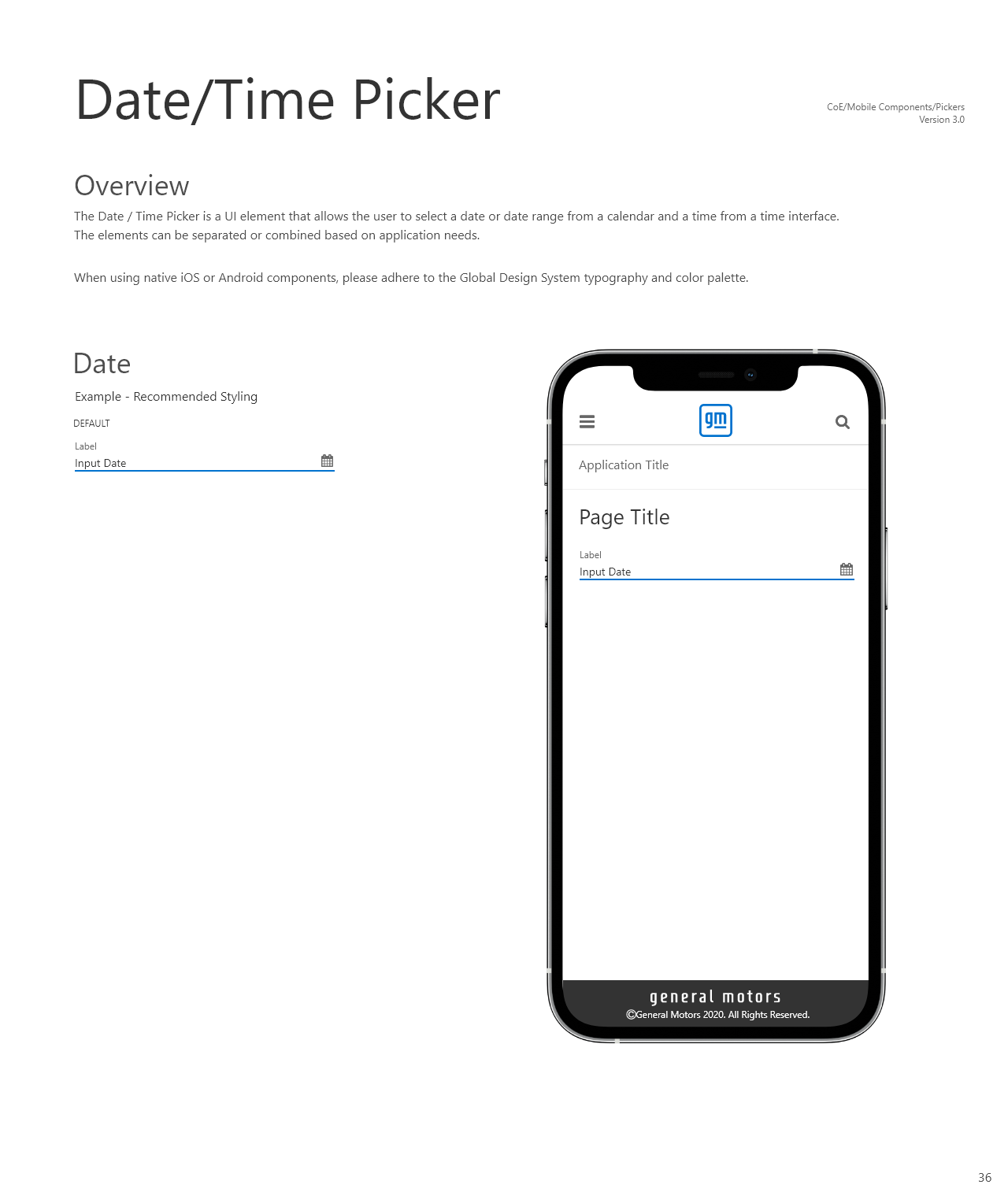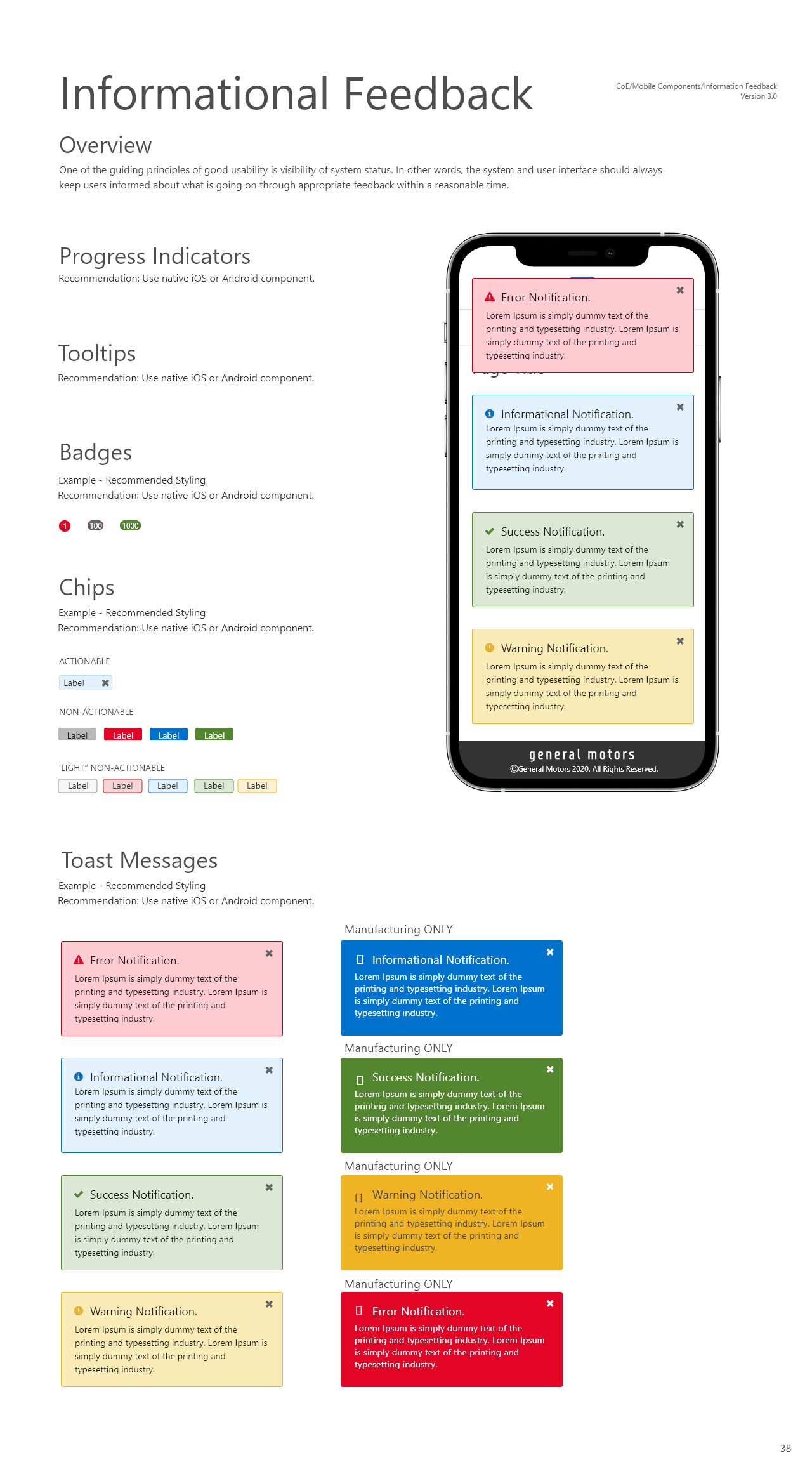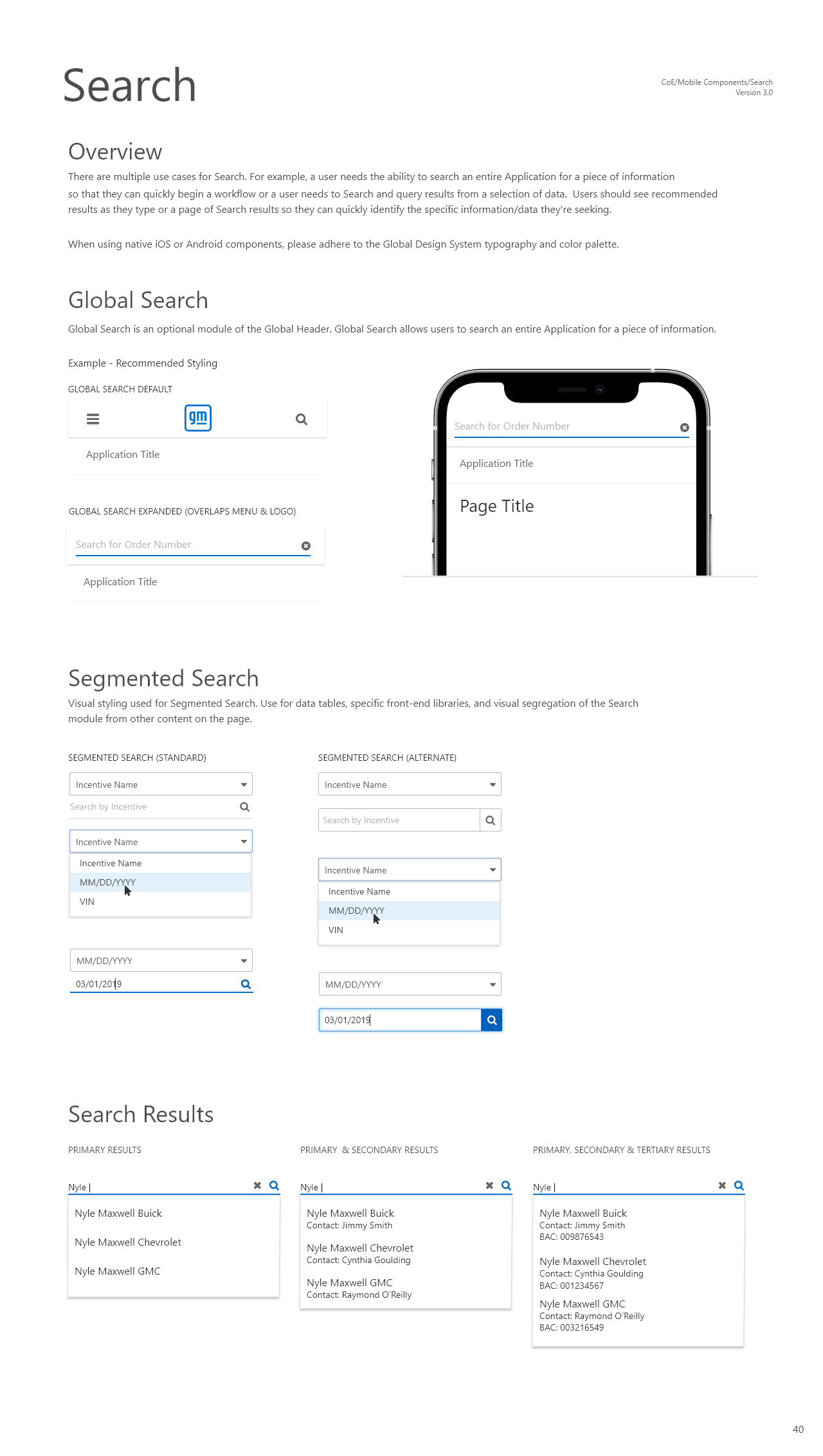Design Systems
Design System Examples
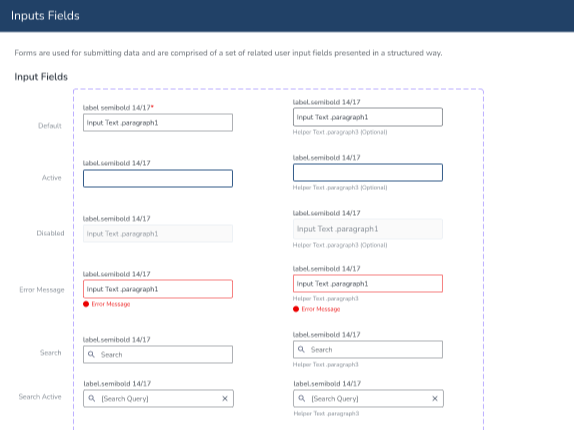
Design Systems
Design Systems provide a strategy and framework for the adoption of design within an organization. Design systems are important to software development for several reasons:
Consistency: Design systems maintain consistency in the design language, user experience, and overall brand identity.
Efficiency: Design systems create efficiently by providing pre-existing components, patterns, and guidelines. A measurable time savings.
Scalability: As products grow, design systems ensure scalability by providing a centralized repository of design elements and assets.
Collaboration: Design systems facilitate collaboration with developers. This aligns everyone within the process and ensures visibility..
Maintenance: A well-established design system is simplifies product updates over time, reducing technical debt.
Veritone Design System (DS)
Veritone Design System
Veritone's existing design system was under utilized by engineering and design. My first design system initiative branched the existing system to enable rapid development. My strategy and vision involved redesigning and extending beyond Figma mockups. Partnering with a SR Software Engineer, we matched Figma designs to React UI components. We then aligned products within the existing portfolio and evangelized with seven engineering teams for rapid adoption using Storybook.
Storybook brought the design system to life for engineering:
UI Component Library
Testing and Documentation
Collaboration
Accessibility Compliance
General Motors Global Design System (GDS)
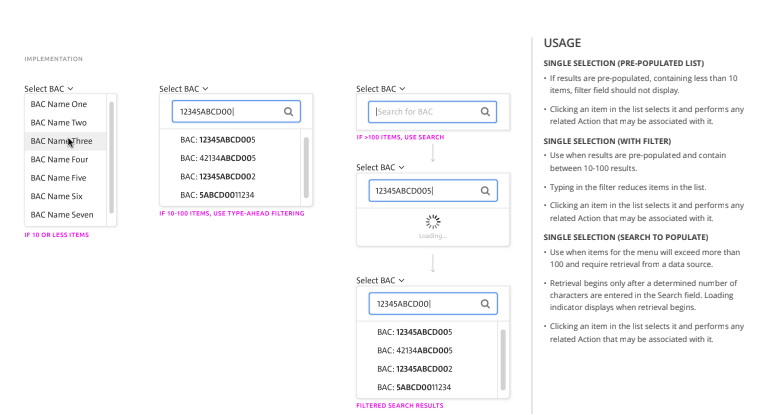
Global Design System
As a stakeholder and design leader in CCA, I was instrumental in the development of the GM design system. My responsibilities included:
Participating in the strategy and planning phases to ensure that CCA goals and objectives were represented
Collaborating with other UX teams, including GSMC, GPSC, Manufacturing, Quality, and GMIT.
Team participation in maintaining design patterns and guidelines, ensuring consistency in design across CCA products
Providing training and support to designers and engineering on the use of the design system
Evangelizing the design system internally, promoting its adoption and driving its success
